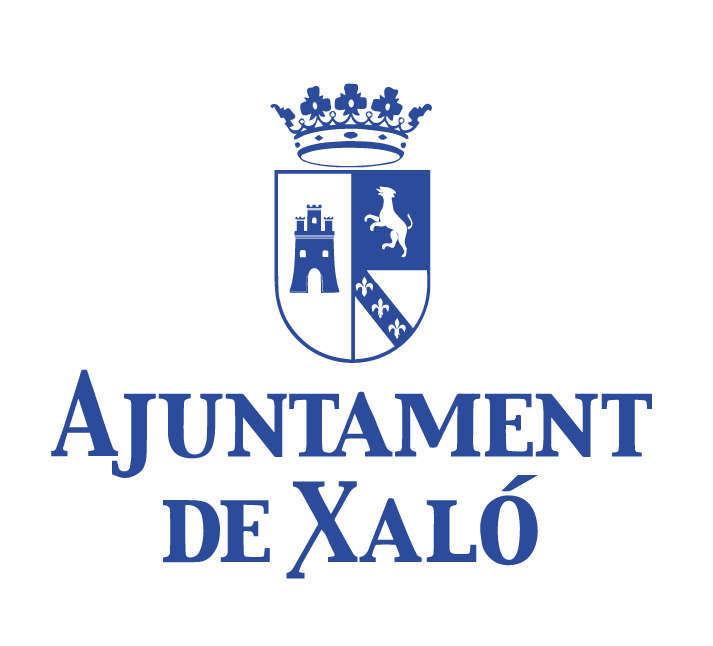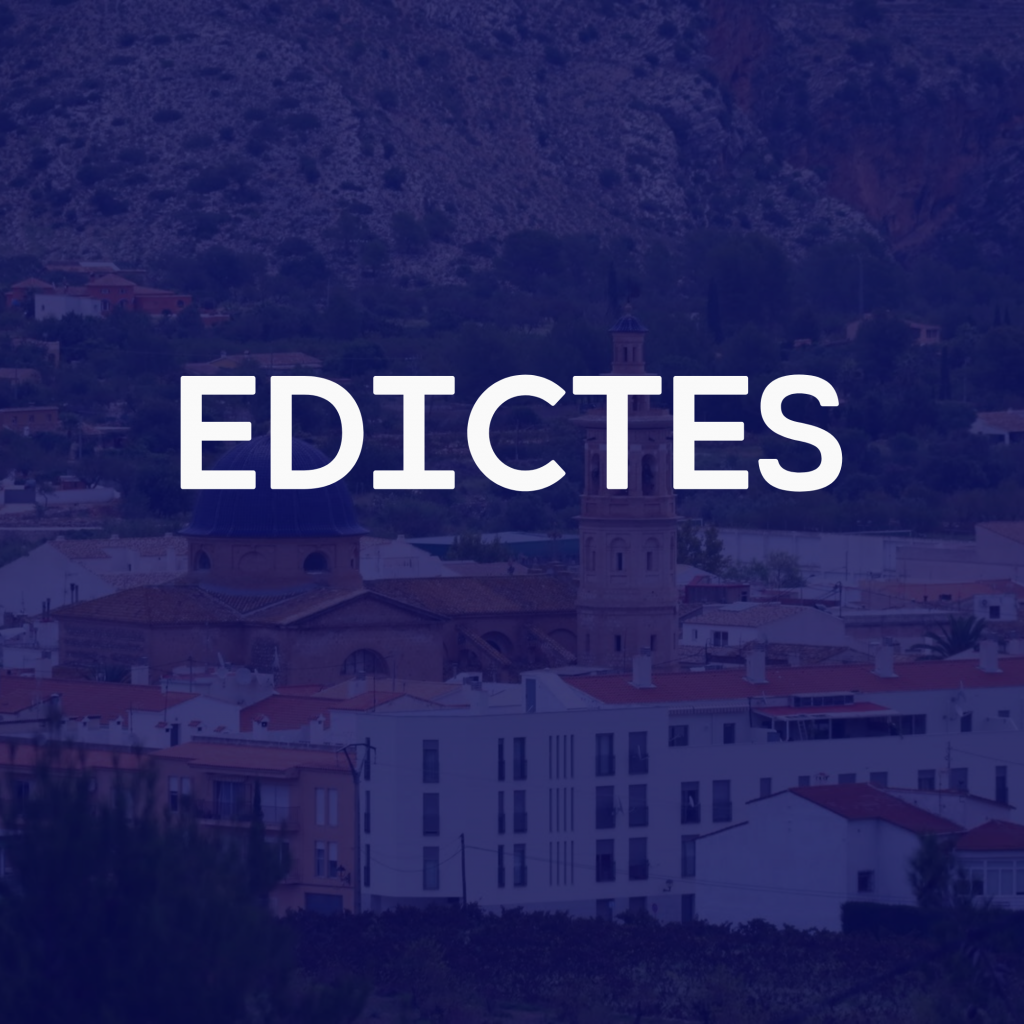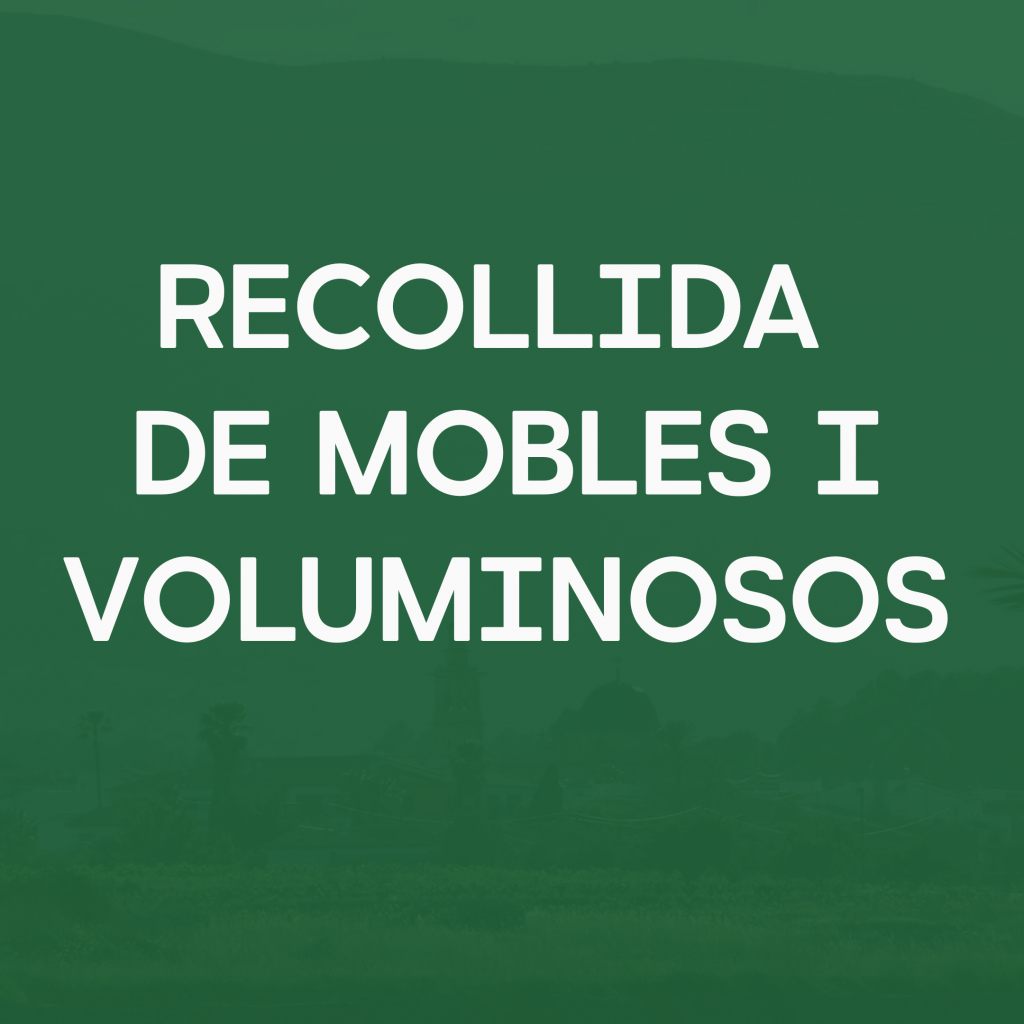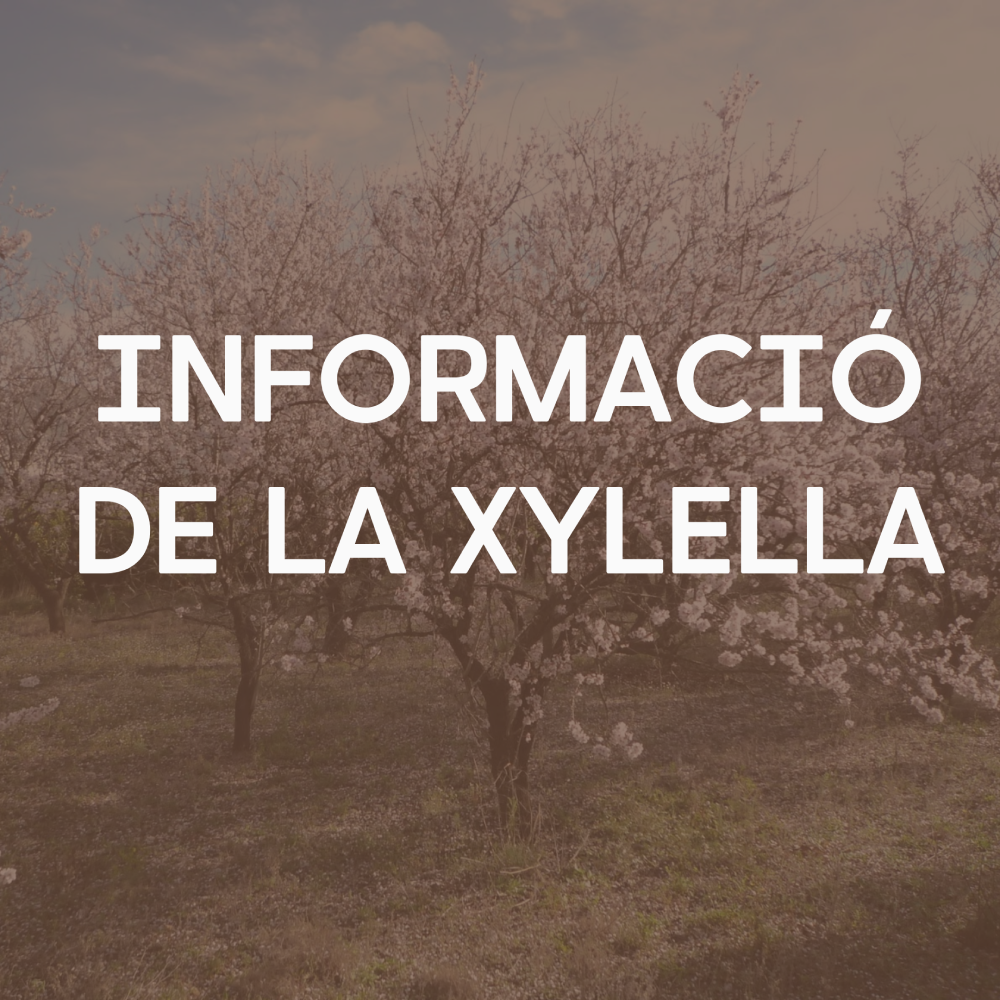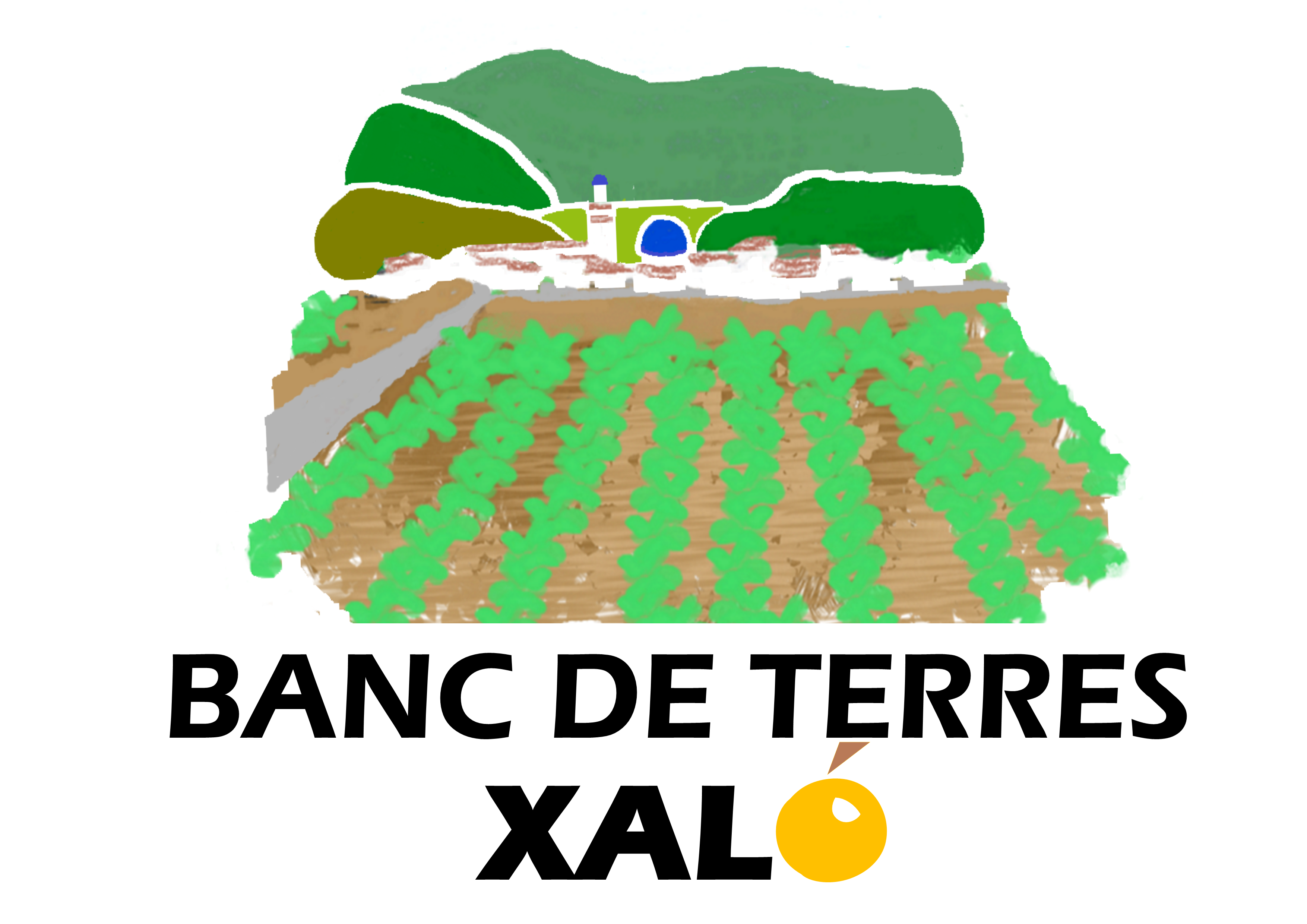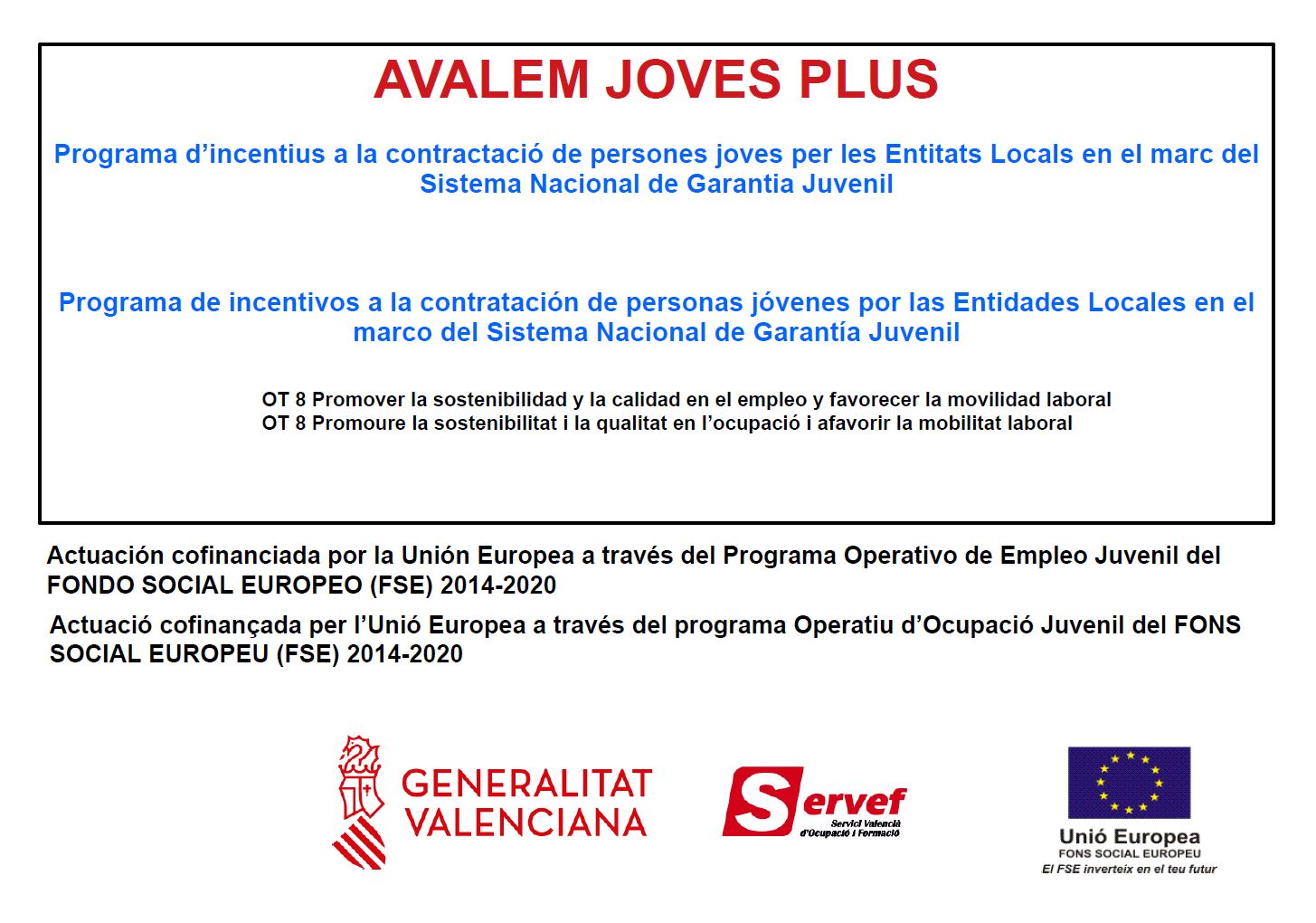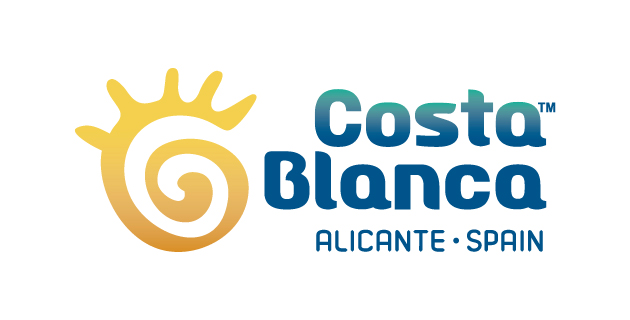This week technicians from the Ministry of Culture, the Alicante Provincial Council and the City Council of Xaló visited the Molí de Giner, taking advantage of the fact that the heritage study phase of the building is being completed with the archaeological excavation work.
The archaeological intervention focuses on two types of work: the excavation of a sector, first, and then on the monitoring of all the works that are done in the building to supervise any remainder that may appear and is relevant.
The excavation works have resulted in the appearance of the eastern walls of the raft from medieval and later times. And other materials have also appeared that confirm the medieval dating of the mill (14th century). It has also been possible to document the modifications that were made to the building already in industrial times, mainly the closure of the hydraulic pipes due to the fact that the mill started to work with modern energy sources instead of water. And elements of the mill have been recovered such as grinding wheels, cranes …
Once the rehabilitation is completed, the building will have different spaces for the interpretation of the local hydraulic heritage because one of the facts that gives the Molí de Giner uniqueness is that it has the entire historical sequence, from the medieval mill to the industrial mill, and that chronology can be seen in the building itself.
The project to create the new Espai Cultural Molí de Giner has a budget of 750,000 euros. The new cultural complex will house, among other facilities, a library, an outdoor auditorium and a museum area inside.
In this regard, the Councilor for Heritage of Xaló and provincial deputy, Gerard Fullana, has declared that “all the institutions have made a positive balance of the work carried out so far, the Molí del Giner is 700 years old and will be one of the Valencian hydraulic and cultural most important restored patrimonies.”
